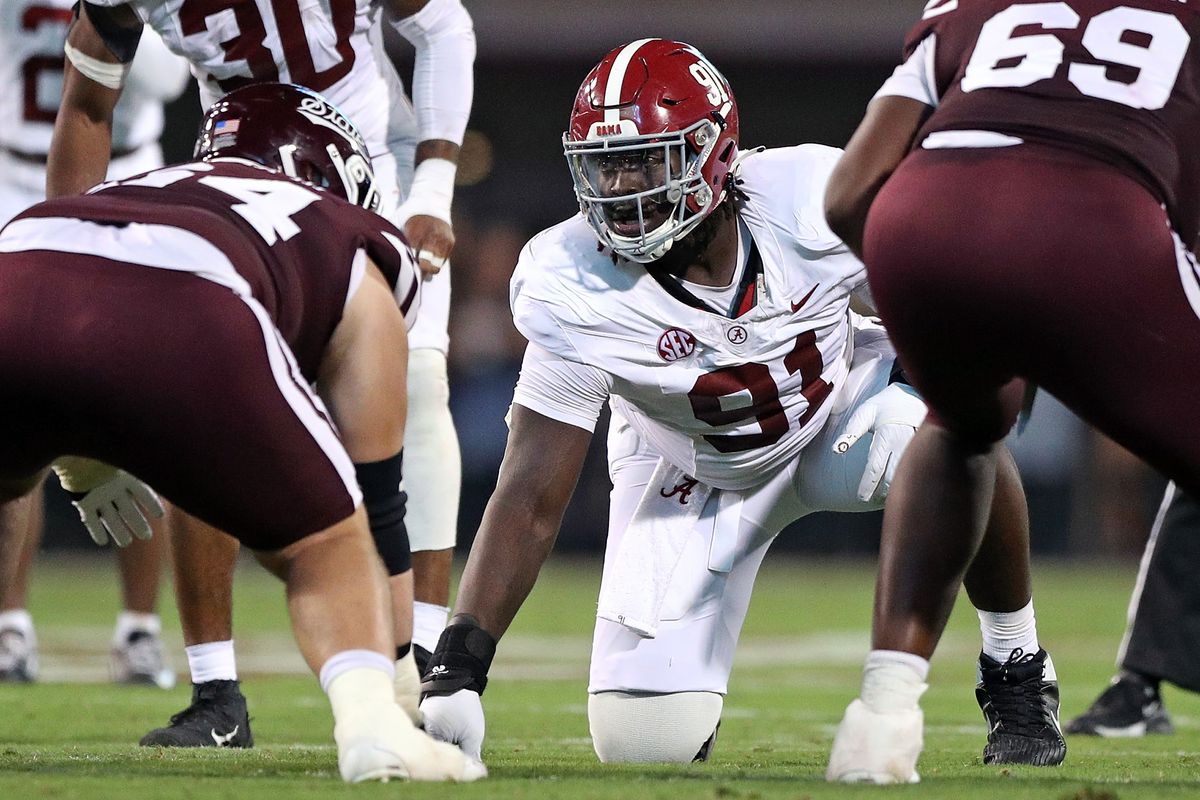“Bama Is Still Bama”: How Alabama Football Reclaimed Its In-State Recruiting Dominance in 2026
After a turbulent stretch that included a head coaching transition and a surprising dip in local recruiting success, Alabama football has emphatically reminded the college football world—and more importantly, its home state—that the Crimson Tide still reign supreme in the South. The 2026 recruiting cycle has marked a pivotal return to form for the University of Alabama, as the program not only locked down elite national talent, but also reasserted its dominance over in-state recruiting battles. The message from Tuscaloosa is loud and clear: Bama is still Bama.
Just a year earlier, Alabama found itself on unfamiliar ground. In the 2025 cycle, the Crimson Tide signed only two of the top ten high school players from within the state, while archrival Auburn capitalized on the coaching transition to clean up the rest. The optics were jarring. For a program that had long used its in-state presence as the backbone of powerhouse recruiting classes, the narrative began to shift. Pundits questioned whether Alabama, under new head coach Kalen DeBoer, had lost its grip on the local scene. Some speculated that the brand had begun to fade with younger players who didn’t grow up in the Nick Saban era. Others wondered if Alabama’s focus had turned too far outward, prioritizing national reach at the expense of homegrown loyalty.
But inside the program, there was no panic—only urgency. DeBoer, along with his recruiting staff, made a concerted effort to shift gears heading into 2026. They prioritized relationship-building with high school coaches across the state. They personally visited schools, attended spring workouts, and reconnected with the very pipelines that once fueled Alabama’s dynasty. The new staff emphasized continuity, reminding recruits and families that while faces may change, the Alabama standard does not. The facilities, the development track record, the NFL pipeline, and the championship expectations all remained.
And the results followed.
By the summer of 2025, Alabama’s 2026 recruiting class was taking shape—and it included a flood of in-state talent. Top prospects who once seemed destined for other SEC rivals began committing to the Tide. Four-star and five-star players from Birmingham, Mobile, Huntsville, and the Black Belt all pledged to wear crimson. These weren’t just commitments—they were statements. It was a coordinated reclamation of in-state prestige. The class quickly rose in the national rankings, but more importantly, it signaled that Alabama had mended the bond with its backyard.
What changed? At the heart of the shift was a more aggressive, personal recruiting strategy. Alabama’s coaches didn’t just rely on the program’s reputation—they worked. They sat down with families, watched high school film with prospects, and made sure every visit to Tuscaloosa felt meaningful. Recruits described a renewed energy from the staff, a hunger to prove that Alabama was still the best destination not just for a football career, but for life preparation. The Tide didn’t try to reinvent themselves—they doubled down on who they were, and that authenticity resonated.
Players noticed the investment. Families appreciated the honesty. High school coaches praised the return of old-school effort from the Alabama staff. The message was clear: if you’re a top player in the state of Alabama, the Crimson Tide wants you, and you’ll be treated like a priority.
One of the turning points came when Alabama landed commitments from multiple five-star prospects within the state during a critical two-week stretch. Each commitment felt like a domino falling. Momentum built. Other top players began taking notice. Social media lit up with graphics of future stars choosing Tuscaloosa over other top programs. Former players voiced support, reminding recruits that Alabama had always been a launchpad to greatness. And just like that, the narrative began to flip.
No longer was Alabama playing defense in the recruiting conversation. They were back on offense—both literally and figuratively—reminding everyone that the program still carried unmatched weight. The phrase “Bama is still Bama” wasn’t just something fans shouted on Twitter. It became a quiet rallying cry within the program. A statement of confidence, not arrogance. A reminder of the legacy, the standards, and the expectations that built Alabama into a college football empire.
By the time the early signing period approached, Alabama had not only reclaimed control of the state’s top talent, but also outpaced nearly every other program in assembling one of the nation’s premier classes. The Crimson Tide once again looked like the juggernaut that built a dynasty on relentless recruiting and elite development. And unlike the 2025 cycle, there were no questions about in-state loyalty. The bond was restored.
This success didn’t happen by accident. It was the product of adaptability and accountability. Kalen DeBoer, still relatively new in Alabama’s coaching lineage, showed a willingness to listen, to evolve, and to lead. He embraced the culture rather than trying to overwrite it. He respected the weight of the program’s past while guiding it forward. And, most crucially, he empowered his staff to engage in the type of tireless recruiting work that Alabama fans had come to expect under Saban.
For the players who committed, the choice was about more than just winning. It was about joining a legacy. About being part of something greater than themselves. Alabama, they believed, was still the place where the best come to compete against the best, where championships are won through work, and where the NFL is a real and reachable next step.
Even in a rapidly changing college football landscape—where NIL deals, the transfer portal, and revenue sharing reshape the dynamics of recruitment—Alabama proved that its foundation still matters. Relationships still matter. Development still matters. Tradition still matters. The Crimson Tide reminded the state and the country that, when it comes to college football’s most powerful programs, there’s still something different about Alabama.
Looking ahead, the momentum from the 2026 class could reshape the next several seasons. With a reloaded roster full of elite in-state players, the Crimson Tide are positioned not only to compete for SEC titles but to once again push toward national dominance. The ripple effect of this recruiting class will be felt on Saturdays for years to come. And perhaps most importantly, it ensures that the pipeline from Alabama high schools to Tuscaloosa remains strong.
The recruiting battles will never stop. Rival programs will continue to invest heavily in flipping top talent and challenging Alabama’s hold on its home state. But after a brief period of doubt, the Crimson Tide have reminded everyone that they are more than capable of defending their turf. They’ve shown that they still own the narrative in Alabama.
When top recruits from Montgomery to Muscle Shoals choose Alabama, they’re doing more than signing with a program—they’re reaffirming a legacy. And when those players take the field wearing crimson, they carry with them a message that echoes far beyond the stadium walls: Bama is still Bama.



